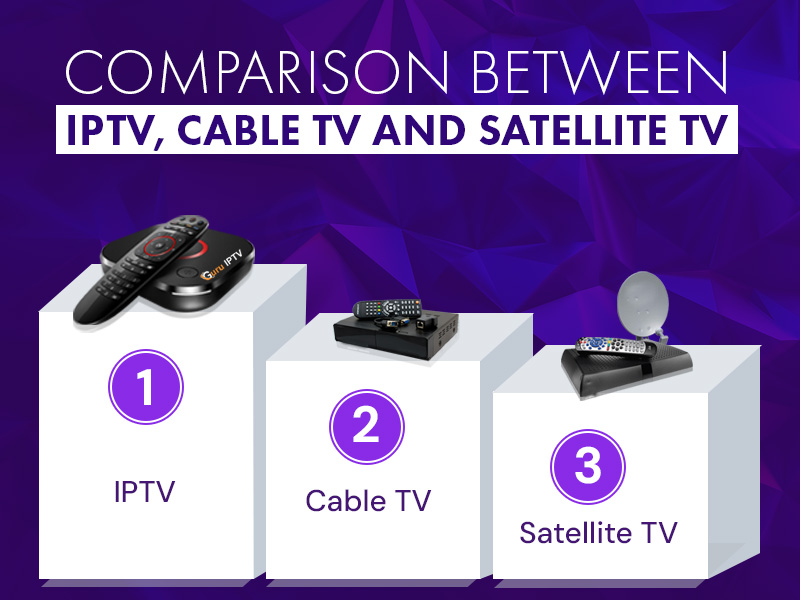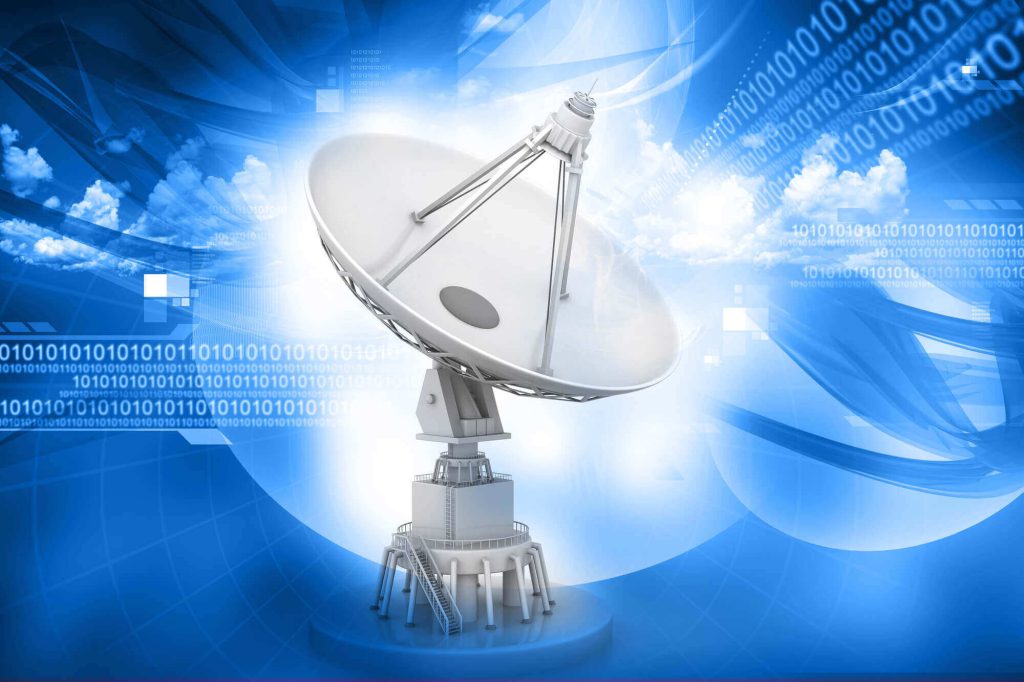Free Express Shipping

One of the most commonly asked questions is how is an Internet Protocol TV (IPTV) different from that of the Cable TV. Cable TV (and also Satellite TV) is a type of broadcaster network in which content is broadcasted from a central point whereas IPTV (and also OTT) is an internet network.
Let us first take the cable TV and understand its functioning and key distinctive features.

For many decades in the past, the enjoyment of channels on television was made possible by the cable which was laid down to your homes or offices. A program that you could see used to come at a particular date and time and you had to watch these at those particular days and times. The cable delivers these programs using the signals of lights which are transmitted through the co-axial networks made of optical fibres. The set top box then decodes these light signals and provides the output in the form of programs. So, the quality of signals received and the quality of the set top box to decrypt these signals, defines the quality of programs one sees. Another noteworthy point is that it is possible to shift between the channels without buffering and anytime. So, cable TV is actually a one-way system.

IPTV, on the other hand, is a two-way system because it makes use of the internet protocol and has an embedded return channel. The data is encrypted, compressed and the put into the IP packets. Fibre cable network transmits these IP packets and to the TV with the Ethernet. Since it is a two-way system, the user is able to connect to the provider. This is what makes the IPTV clearly distinctive from the Cable TV. The subscriber can choose a program and play either on TV or any other linked device using the internet networks of home. The user also has the flexibility to rewind, replay, skip to other parts and even do fast forward. This is not possible in cable TV.
In case of the IPTV the internet speed matters. So, if you are looking for best quality streaming video content, then fastest speed networks with reliable connection is a must. In brief, IPTV gives the flexibility of watching the content anytime and anywhere.

The disc shaped antennas which are installed is an example of Satellite TV being used in homes. A satellite TV is also a broadcast network in which the broadcasters send signals to TV provider which are then transferred to the satellite from a station on the ground. Thereafter, the same content is beamed as radio waves from Satellites are used to transfer the content right to your home. The disc shaped antennas receive these signals and then these are sent to the set top box. The set top box translates these signals into images and videos.